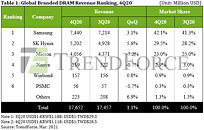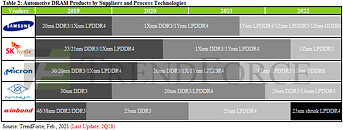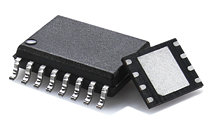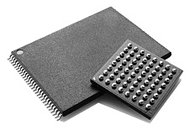NEO Semiconductor to Present Its Ground-Breaking 3D NAND and 3D DRAM Architectures at Flash Memory Summit 2023
NEO Semiconductor, a leading developer of innovative technologies for 3D NAND flash and DRAM memory, today announced its participation at Flash Memory Summit 2023, taking place in person in Santa Clara, California, on August 8-10. CEO, Andy Hsu, will deliver a keynote address titled "New Architectures which will Drive Future 3D NAND and 3D DRAM Solutions" on August 9th at 11:40 a.m. Pacific Time.
Earlier this year, Neo Semiconductor announced the launch of its ground-breaking technology, 3D X-DRAM. This development is the world's first 3D NAND-like DRAM cell array that is targeted to solve DRAM's capacity bottleneck and replace the entire 2D DRAM market. 3D X-DRAM can be manufactured using the existing 3D NAND flash memory process with minor changes, significantly reducing the time and cost spent developing a new 3D process. During the keynote, Mr. Hsu will reveal the 3D X-DRAM process flow and technical details.
Earlier this year, Neo Semiconductor announced the launch of its ground-breaking technology, 3D X-DRAM. This development is the world's first 3D NAND-like DRAM cell array that is targeted to solve DRAM's capacity bottleneck and replace the entire 2D DRAM market. 3D X-DRAM can be manufactured using the existing 3D NAND flash memory process with minor changes, significantly reducing the time and cost spent developing a new 3D process. During the keynote, Mr. Hsu will reveal the 3D X-DRAM process flow and technical details.









